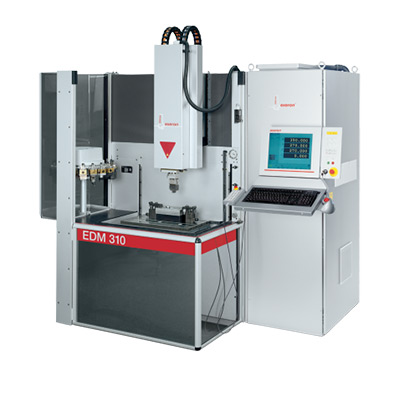Steps to Successfully Detach a High Pressure Power Steering Hose from Your Vehicle
How to Remove High Pressure Power Steering Hose
Removing a high-pressure power steering hose can be a challenging task, especially if you’re not familiar with the inner workings of your vehicle’s steering system. However, with the right tools and a methodical approach, you can do it yourself. This article will guide you through the process step by step, ensuring that you can complete the job safely and effectively.
Tools You'll Need
Before you begin, gather the necessary tools
1. Wrenches and Sockets Typically, you’ll need a combination of metric and standard wrenches or sockets, depending on your vehicle. 2. Pliers For hose clamps and assisting in the removal of the hose. 3. Drain Pan To catch any power steering fluid that may leak during removal. 4. Shop Towels For cleaning up spills and maintaining a safe working environment. 5. Safety Glasses Always wear safety glasses to protect your eyes from any errant fluid or debris.
Preparation
1. Safety First Ensure the vehicle is parked on a level surface, and engage the parking brake. For added safety, disconnect the negative battery terminal to prevent any electrical issues.
2. Locate the Hose Open the hood and locate the power steering pump and the high-pressure hose. The high-pressure hose is typically connected between the power steering pump and the steering rack.
3. Check Fluid Level Inspect the power steering fluid level before beginning, as it will help you understand how much fluid will leak out during the process.
Removal Process
1. Drain the Fluid Place a drain pan under the power steering system to catch any fluid that spills during the removal process. Loosen the power steering reservoir cap to allow fluid to drain more easily.
2. Disconnect the Hose Identify the connections of the high-pressure hose at both the power steering pump and the steering rack. Using the appropriate wrench or socket, carefully loosen the fittings. It is important to turn them gently to avoid stripping the threads. Once loose, finish unscrewing them by hand.
how to remove high pressure power steering hose

3. Remove the Hose Clamps If your vehicle's hose is secured with clamps, use pliers to remove them. Slide the clamps along the hose to free it from any support or mounting points.
4. Extract the Hose Once all connections are loosened and removed, gently pull the high-pressure hose out of its position. Be careful not to strain any adjacent components or hoses.
5. Inspect for Damage Before installing a new hose, inspect the connections on both the power steering pump and steering rack for damage or wear. This is a good time to replace any worn seals or O-rings to prevent future leaks.
Installation of the New Hose
Once the old hose is removed, installing the new one is the reverse of removal.
1. Position the New Hose Align the new high-pressure hose with the fittings on the power steering pump and steering rack.
2. Reconnect the Hose Hand-tighten the fittings first before using a wrench to secure them. Ensure they are snug, but avoid over-tightening, which can cause damage.
3. Reattach Hose Clamps If applicable, secure the hose with the clamps to prevent it from becoming dislodged.
4. Refill Power Steering Fluid Refill the power steering reservoir with the appropriate type of fluid as recommended by your vehicle’s manufacturer. Be sure to check for any leaks after installation.
5. Test the System Start the engine and turn the steering wheel from lock to lock a few times, which will help eliminate air pockets in the system. Monitor for any signs of leaks at the hose connections.
Conclusion
Removing a high-pressure power steering hose doesn’t have to be daunting. With careful planning and the right tools, you can successfully perform this task yourself. Always remember to prioritize safety and consult your vehicle’s service manual for any specific instructions or torque specifications that may apply. Happy repairing!
-
Ultimate Spiral Protection for Hoses & CablesNewsJun.26,2025
-
The Ultimate Quick-Connect Solutions for Every NeedNewsJun.26,2025
-
SAE J1401 Brake Hose: Reliable Choice for Safe BrakingNewsJun.26,2025
-
Reliable J2064 A/C Hoses for Real-World Cooling NeedsNewsJun.26,2025
-
Heavy-Duty Sewer Jetting Hoses Built to LastNewsJun.26,2025
-
Fix Power Steering Tube Leaks Fast – Durable & Affordable SolutionNewsJun.26,2025

